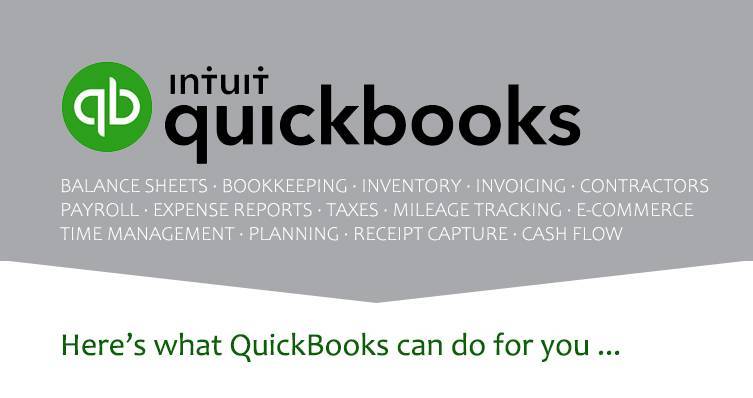
Learning new software can be a major challenge. You have to learn the basic lay of the land before you can work with it. How do I do this? How does the menu system work? How can I enter data without making a mistake?
The learning process for financial software for your small business can be especially unnerving. A mistake in an invoice you create is more serious than using incorrect grammar or punctuation in a letter.
Here are five ways to get your feet wet and be on your way to mastering QuickBooks.
Familiarize yourself with lists
You’ll consult and use lists a lot in QuickBooks. Transaction forms offer access to data you’ve already created and will use later. When you need to select a customer, for example, you can just open a drop-down list and click on one.
QuickBooks also provides free-standing lists that you might need to use outside of transactions, though they’re often available there, too. Open the Lists menu to see them. They include Item List, Sales Tax Code List, and Class List. Click on one to open it, and you’ll see a series of menus running across the bottom of the window. They allow you to add or edit items, take actions like entering a sales receipt, and run related reports.
Troubleshoot transactions
What do you do when you know you’ve entered a transaction but you can’t find it? QuickBooks has good search tools, but sometimes you don’t have enough details to hunt effectively for the missing item. There are two reports that can help.
It’s possible that the transaction you’re seeking was accidentally voided or deleted. Open the Reports menu and select Accountant & Taxes | Voided/Deleted Transactions Summary or Detail. If you have an idea of when the original transaction was entered, change the date range at the top of the screen. You really shouldn’t have many of these. If you do, let us help you determine why this is happening so frequently. You can get into trouble if you void or delete transactions to solve a problem that should be resolved another way.
While you’re in the Accountant & Taxes report list, open the Audit Trail. This is a listing of transactions that have been entered or modified, when, and by whom. If you have multiple users accessing and working with QuickBooks data, you should get to know this report.
Work with windows
Every time you open a window in QuickBooks, it stays open. You can always close it by clicking the X in the upper right corner of the window – not the program X in the farthest upper right corner. If you have a lot of windows open, all that clicking can become tiresome.
Open the Window menu to see your options there. You’ll see a list of all the windows that are open. Click on one to go there. You can also “tile” the windows vertically or horizontally (so they overlap each other on the screen) or “cascade” them (which places them on top of each other with only the window label showing). And you can close all of them at once by clicking Close All.
Use local menus
Most QuickBooks windows provide ways for you to take a related action. But most also offer “local” menus, or right-click menus. Open an invoice form to see how this works (Customers | Customer Center | Transactions | Invoices). Right click in the header of the invoice. Your menu options here include:
- Duplicate invoice
- Memorize invoice
- Transaction history
- Receive payments
You’ll also find these commands and more in the toolbar at the top of the window.
Practice with a QuickBooks sample file
Before you start entering real data in QuickBooks, or if you’ve already done so and you want to try out a new feature without risking an error, use one of QuickBooks’ sample files. That’s why they were created.
You can open one of these when you load QuickBooks. You’ll see a window labeled No Company Open. Click the arrow in the box on the lower right that says Open a sample file. You can choose between a product- and service-based business.
Once you’re in QuickBooks, you can switch back and forth between your company file and a sample file by opening the File menu. Click Open Previous Company and select from the list. It should be obvious, but be sure you’re in the correct QuickBooks file before doing anything.
© 2023 KraftCPAs PLLC